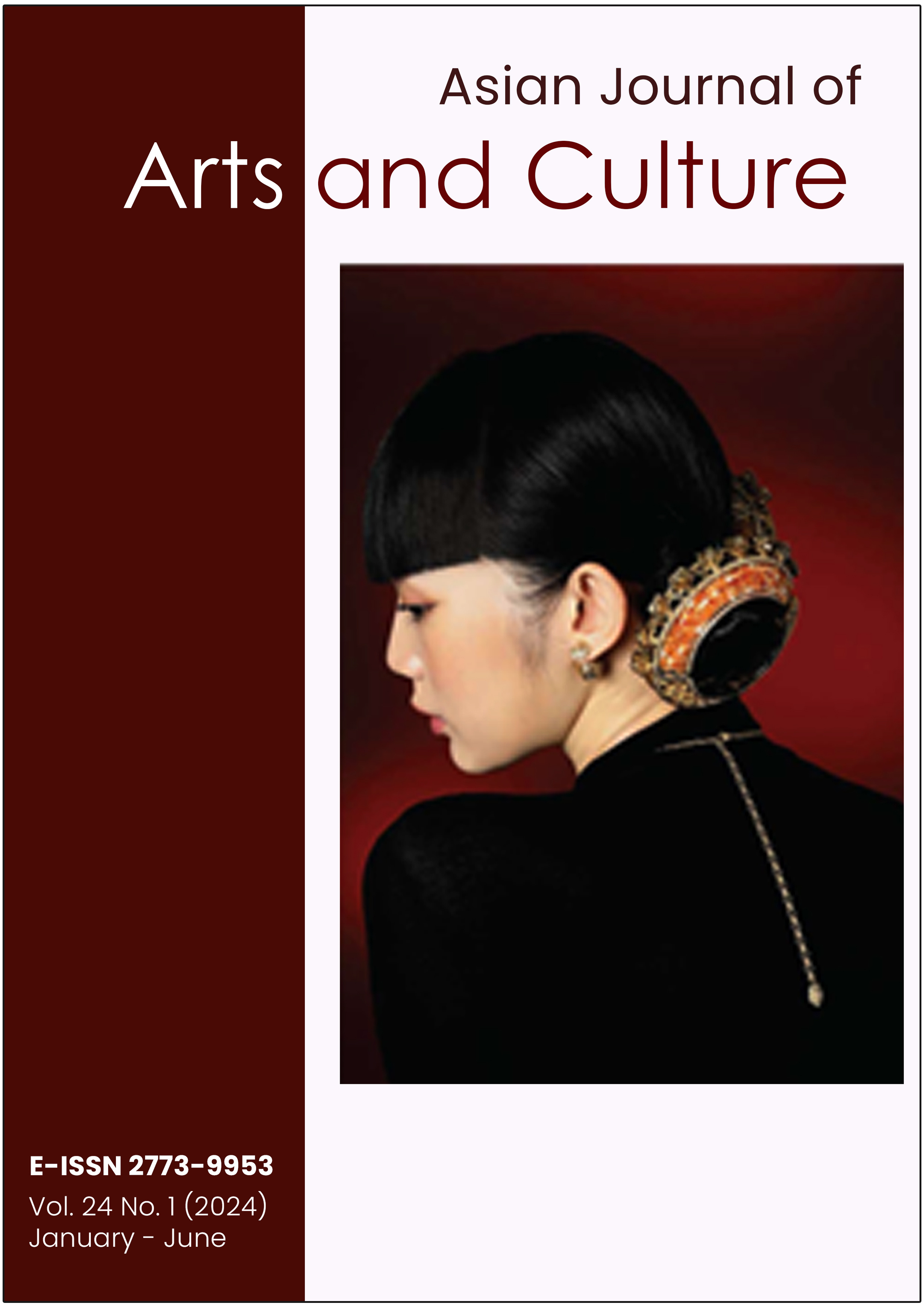Designing A Tool for Small Rural Community Classification Based on Traditional Belief and Its Implication for Future Tourism Development: A Case Study of North-Eastern Community
Main Article Content
Abstract
This research focused on the cultural and economic significance of traditional ghost beliefs in rural communities. The primary objectives of this study are threefold: 1) the development and contribution of tools and processes for classifying communities based on their ghost beliefs, 2) the testing and validation of these classification tools, and 3) the proposition of strategies aimed at leveraging ghost beliefs for local community space development to foster tourism. This study engaged 240 local residents in community classification testing, sought insights from three key informants, and collaborated with three academic experts for validation. A combination of quantitative and qualitative surveys was employed to rigorously test and refine the community classification tools. The findings demonstrated that the developed tools effectively classified rural communities, thereby increasing residents' awareness of traditional beliefs as valuable community assets. For more effectiveness, two innovative strategies-”Watch local” and “Be local”-are introduced to the cultural and economic development in rural communities. The tools expedited community assessment and the development of custom tourism formats for diverse tourist types. These contributed to coherent tourism plans that met community needs, thereby enhancing tourist destinations. Data analysis refined the tourism formats to efficaciously meet community and tourist expectations. This research furnished vital insights into capitalizing on ghost beliefs for the economic advancement of rural communities via sustainable tourism practices.
Article Details

This work is licensed under a Creative Commons Attribution-NonCommercial-NoDerivatives 4.0 International License.
© 2018 by Asian Journal of Arts and Culture, Walailak University. All rights reserved.
References
Bourdieu, P. (1986). The forms of capital. In J. Richardson (Ed.) Handbook of Theory and Research for the Sociology of Education. New York, USA.: Greenwood Press.
Cohen, E. (1979). A Phenomenology of Tourist Experience. Sociology-the Journal of The British Sociological Association - SOCIOLOGY. 13. 179-201. Retrieved from https://www.researchgate.net/publication/249824872_A_Phenomenology_of_Tourist_Experience
Drew, C. (2022). Types of Communities, Helpful Professor. Retrieved from
https://helpfulprofessor.com/types-of-communities/
Douglas, H. (2010). Types of Community. In H. Anheier & S. Toepler (eds), International Encyclopedia of Civil Society. 539-544. Retrieved from https://www.researchgate.net/publication/291185841_Types_of_Community
Janjumpa P. (2016). Cultural Capital Management for Urban Development. In Proceedings of The 4th International Conference on Magsaysay Awardees: Good Governance and Transformative Leadership in Asia. (pp.89- 199). Songkhla, Municipality: Thailand.
Ketthet, B. (1999). Don Pu Ta Forest Institute and the behavior role of Tao Jam in the Isan community. Mahasarakrm University Journal, 17(2), 193 - 210.
Kitipadung, J., Jaiborisudhi, W. (2021). Approaches to Increase the Cultural Capital Potential to Promote Community Product Development: A Case Study of the Lad Yai Herbal Salt Community Enterprise in Samut Songkhram Province. Rajapark Journal, 15(42), 24-38.
Koson C. (2018). Management of Cultural Capital of Northern Thai Tribe. Journal of Administrative and Management, 6(2), 64-73.
Limwongse D., Watanabe M. (2023). Study for an Approach to Using Ghost Belief as Cultural Capital to Develop Isan Local
Communities. Journal of Community Development Research (Humanities and Social Science), 16(2), 73-87.
Nartsupha, C., Uitragool, P. (2017). Northeastern Culture and Community Economics. Bangkok, Thailand: Sangsun press.
Phungpracha, E. (2005). Phi Ta Khon: Identification and Meaning Behind the Head-Mask. Damrong Journal of the Faculty of Archaeology Silpakorn University, 4(1), 110-119.
Potiwan, P. (2016). Social Space Construction of Spirit’s Isan. Journal of Cultural Approach, 17(32), 100-110.
Silapa-MAG. (2023). Srisakorn Valliphodom” points out that “ghosts” are a legendary institution in Thai society that cannot be concealed or disappeared. Retrieved from https://www.silpa-mag.com/culture/article_105176
Thongtao, P., Liamprawat, S. (2019). The Roles of Beliefs about the Spirit to Isan Society: A Case Study of Ubonratchatani. Journals or Liberal Arts, Rangsit University, 15(2), 221-236.
The Matter. (2019). Social Media, Social Capital. Retrieved from https://thematter.co/thinkers/social-media-social- capital/73294


